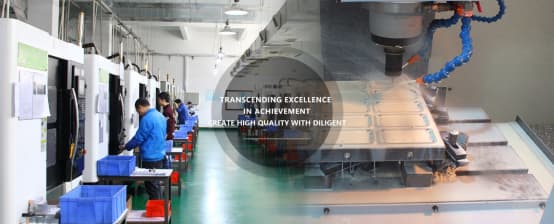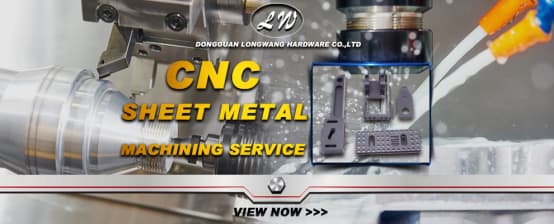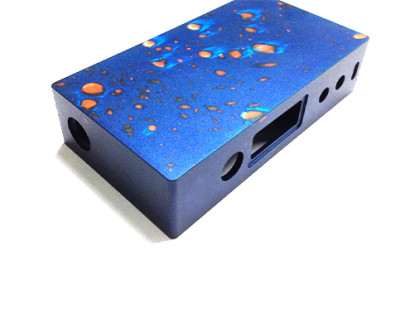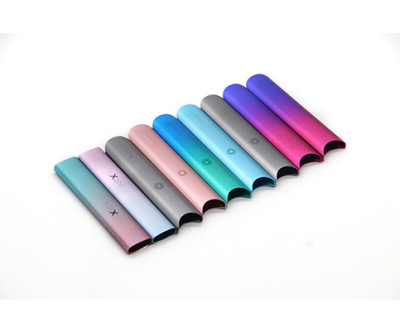Operation Techniques For Reducing Machining Deformation
In addition to the above reasons, the deformation of aluminum parts during processing is also very important in practical operations.
1. For parts with large machining allowance, in order to have good heat dissipation conditions during the machining process and avoid heat concentration, symmetrical machining should be used during machining. If there is a 90mm thick sheet material that needs to be machined to 60mm, if one side is milled and the other side is immediately milled, and the flatness reaches 5mm after processing to the final size in one go; If repeated feed symmetrical machining is used, each side is processed twice to the final size, ensuring a flatness of 0.3mm.
2. If there are multiple cavities on the sheet metal part, it is not advisable to use the sequential processing method of one cavity for each cavity during processing, as this can easily cause uneven stress on the part and cause deformation. Using multiple layers of processing, each layer should be processed simultaneously to all cavities as much as possible, and then the next layer should be processed to evenly stress the parts and reduce deformation.
3. Reduce cutting force and cutting heat by changing the cutting amount. Among the three factors of cutting amount, the back cutting amount has a significant impact on the cutting force. If the machining allowance is too large and the cutting force of a single pass is too large, it will not only cause deformation of the parts, but also affect the rigidity of the machine tool spindle and reduce the durability of the tool. If the amount of back cutting is reduced, it will greatly reduce production efficiency. However, in CNC machining, high-speed milling can overcome this challenge. While reducing the back feed, as long as the feed is correspondingly increased and the machine speed is increased, the cutting force can be reduced while ensuring machining efficiency.
4. The order of cutting should also be emphasized. Rough machining emphasizes improving processing efficiency and pursuing a cutting rate per unit time. Generally, reverse milling can be used. Cut off excess material on the surface of the blank at the fastest speed and in the shortest time, and basically form the required geometric contour for precision machining. Precision machining emphasizes high precision and quality, and it is advisable to use forward milling. Because the cutting thickness of the cutter teeth gradually decreases from the maximum to zero during down milling, the work hardening degree is greatly reduced, and the deformation degree of the parts is also reduced.
5. Thin walled workpieces undergo deformation during machining due to clamping, which is difficult to avoid even during precision machining. To minimize the deformation of the workpiece, it is possible to loosen the compression part before reaching the final size during precision machining, allowing the workpiece to freely return to its original state, and then slightly compress it until it can grip the workpiece (completely based on hand feeling). This can achieve the ideal machining effect. In short, the clamping force should preferably be applied on the supporting surface, and should be applied in the direction of good rigidity of the workpiece. On the premise of ensuring that the workpiece is not loose, the smaller the clamping force, the better.
6. When processing parts with a cavity, it is best not to let the milling cutter directly penetrate the part like a drill bit, resulting in insufficient chip space for the milling cutter, unsmooth chip removal, overheating, expansion, tool breakage, and other adverse phenomena of the part. First, use a drill bit of the same size or one size larger than the milling cutter to drill the tool hole, and then use the milling cutter to mill it. Alternatively, CAM software can be used to produce spiral cutting programs.
The main factor affecting the machining accuracy and surface quality of aluminum parts is the susceptibility to deformation during the machining process, which requires operators to have certain operating experience and skills.




